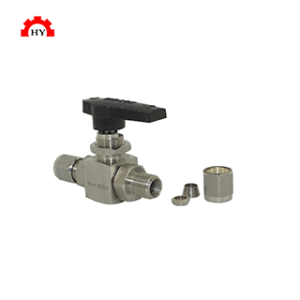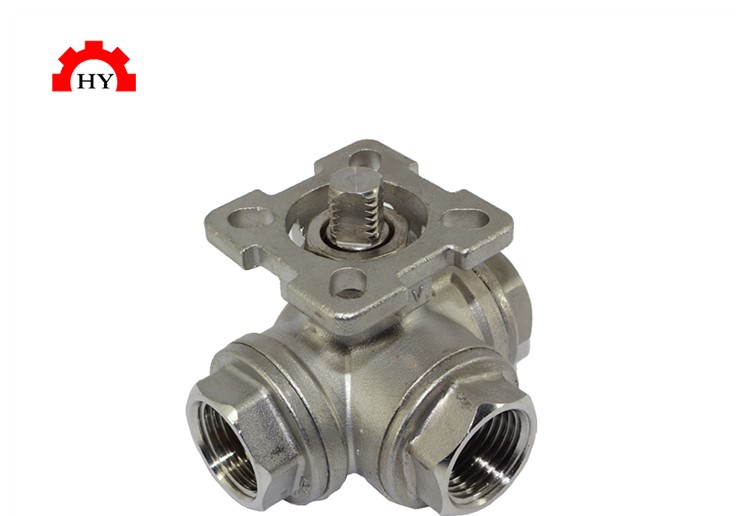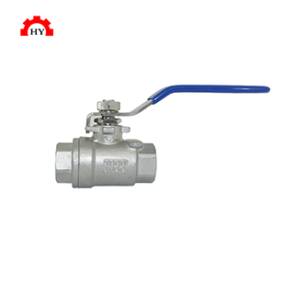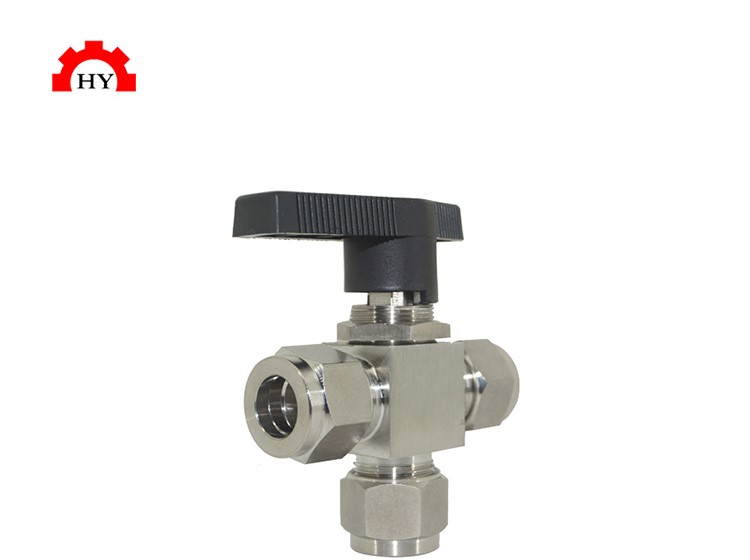The Ultimate Guide to Understanding Instrumentation Ball Valves
Instrumentation ball valves are essential components in various industries, providing control and isolation of fluids in a wide range of applications. Whether you’re involved in oil and gas, chemical processing, petrochemicals, or other industrial sectors, understanding instrumentation ball valves is crucial. This ultimate guide aims to provide comprehensive insights into these valves, covering their construction, types, applications, and key considerations.
Introduction to Instrumentation Ball Valves:
Definition: Instrumentation ball valves are quarter-turn valves that use a hollow, perforated, and pivoting ball to control flow through it.
Function: They offer reliable shutoff and control capabilities for fluids in various processes.
Construction: Typically made of materials like stainless steel, brass, or other corrosion-resistant alloys.
Key Components:
Ball: The spherical component with a hole through which the fluid passes.
Seat: The sealing surface that ensures tight closure of the valve.
Stem: Connects the actuator to the ball, facilitating rotational movement.
Actuator: The mechanism responsible for opening and closing the valve.
Types of Instrumentation Ball Valves:
Floating Ball Valve: The ball is free to move within the valve body.
Trunnion Mounted Ball Valve: The ball is fixed in place, reducing the pressure on the seats.
Three-Way Ball Valve: Features three ports for diverse flow patterns.
Multiport Ball Valve: Has more than two ports for complex flow control.
Applications:
Oil and Gas Industry: Used in pipelines, refineries, and wellheads for fluid control.
Chemical Processing: Handles corrosive chemicals with ease.
Petrochemicals: Suitable for high-pressure and high-temperature environments.
Power Generation: Employed in power plants for steam and water control.
Advantages of Instrumentation Ball Valves:
Quick Operation: Quarter-turn operation allows for rapid opening and closing.
Reliability: Minimal leakage due to tight sealing.
Versatility: Suitable for various fluids, including gases and liquids.
Considerations When Choosing Instrumentation Ball Valves:
Material Selection: Choose materials based on the fluid properties and environmental conditions.
Pressure and Temperature Ratings: Ensure the valve can handle the specific operating conditions.
Size and Port Configuration: Select the appropriate valve size and port configuration for the application.
Installation and Maintenance:
Proper Installation: Follow manufacturer guidelines for correct installation.
Regular Maintenance: Conduct routine inspections and lubrication to ensure longevity.
Common Challenges:
Cavitation: Occurs when rapid changes in pressure lead to the formation of vapor bubbles.
Erosion: Wear and tear on valve components due to the flow of abrasive materials.
Industry Standards and Certifications:
API, ANSI, and ISO standards: Ensure compliance with industry standards.
ATEX and SIL Certifications: Important for valves used in hazardous areas.
Future Trends:
Smart Valve Technology: Integration with sensors and automation for enhanced control.
Materials Innovation: Continued development of advanced materials for improved durability.
Understanding instrumentation ball valves is crucial for optimizing industrial processes. Regular training and staying updated on industry advancements are essential for professionals working with these valves. Always refer to Instrumentation ball valves manufacturer documentation and industry standards for specific guidelines related to instrumentation ball valve selection, installation, and maintenance.





